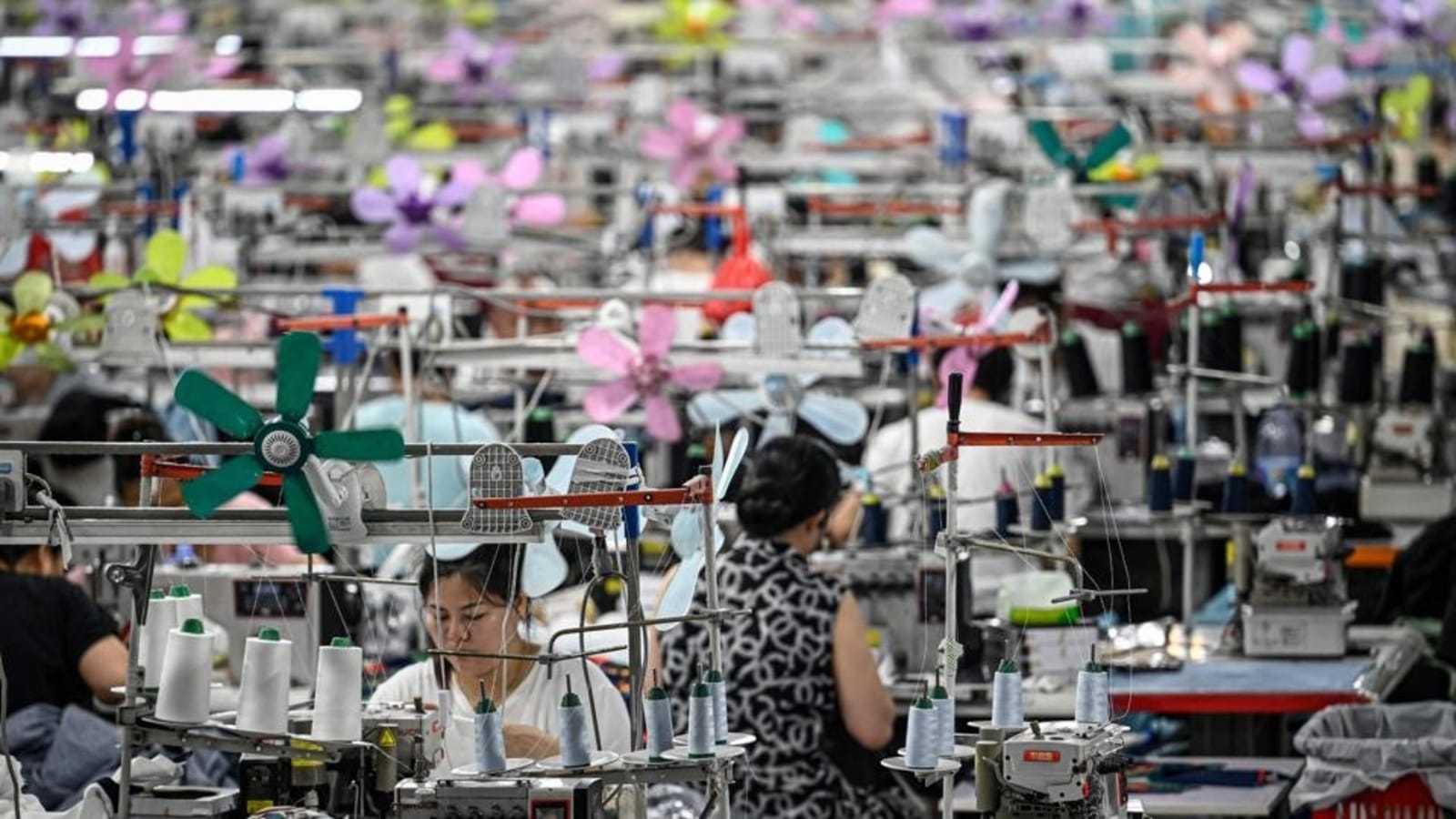Fashion
Scientifically Speaking | New recycling technologies show promise in curbing fast fashion’s environmental impact

Fast fashion is a trend in which garments are produced rapidly and inexpensively to capture current trends. These clothes are bought for appearance rather than durability, leading to limited usage. Fast fashion is a trend, but it is also a symptom of our modern lifestyle of overconsumption, which is wreaking havoc on the environment. Today, roughly 100 billion garments are produced annually, most of which end up in landfills within a year.
In the past, garments were worn, washed, and even mended over many years. As the global population grows and more people can afford to buy more clothes (and not just in Diwali, Eid, or Durga Puja), we are facing an enormous increase in textile waste.
The fashion industry produces vast quantities of clothing for which it needs many resources. The production process requires water, often heated, which, in turn, demands energy. This energy is obtained from fossil fuels, contributing to greenhouse gas emissions. In addition, if the wastewater containing chemicals from dyeing and finishing processes is not properly treated, it pollutes the environment.
Producing just one cotton T-shirt requires over 2,700 litres of water, which is about the same amount of water one person drinks in two and a half years. Clothing production also returns water to the environment laden with hazardous chemicals from dyes and treatments. This industry is responsible for 20% of global water waste.
The fashion industry accounts for 10% of global carbon emissions, exacerbating climate change. Synthetic fibres contribute significantly to oceanic plastic pollution through microplastics — tiny particles found on the seafloor. Clothing waste also contributes to climate change, as incinerating garments releases harmful air pollutants, and landfilled clothing emits methane (a potent greenhouse gas).
Synthetic fibres have transformed the textile industry. A century ago, clothing came from natural fibres like cotton, wool, silk, and linen. The introduction of synthetic fibres in the 1950s and 60s led to a dramatic shift in the creation and use of clothing. Today, polyester alone commands about 50% of the entire fibre market. However, synthetic fibres are derived from fossil fuels and do not degrade easily. This can lead to environmental pollution.
Globally, less than 1% of textiles are recycled. The incentives to recycle are simply inexistent. But here’s a bit of encouraging news. New chemical recycling methods are making recycling feasible in ways not possible by mechanical shredding in the past.
Dionisios Vlachos and his team from the University of Delaware have developed a new way to recycle mixed fabrics. In their study, published in the journal Science Advances, the team first examined different types of fabric, including 100% polyester, 100% cotton, and a 50/50 blend of polyester and cotton. They used various methods to understand the unique properties of these materials, such as how they respond to heat and their microscopic structure.
To recycle the fabrics, the researchers used a process called microwave-assisted glycolysis with a zinc oxide catalyst. This process involves using microwave energy to quickly heat the fabrics, which helps break down the polyester into a reusable chemical called BHET (or Bis(2-hydroxyethyl) terephthalate) while leaving the cotton intact. With this approach, the different fibres can be separated and reused, which is not possible with traditional recycling methods. The team fine-tuned the process to ensure it was fast and could be scaled up for industrial use. They could completely break down polyester in just 15 minutes at 210 degrees Celsius.
The researchers also tested how well this recycling method worked with fabrics dyed or treated with various finishes, such as antimicrobial or fire-resistant coatings. Although these treatments slightly reduced the efficiency of the catalyst, the process was still effective overall.
The team also tried to recycle other types of fibres, such as nylon and spandex. They found that nylon could be recovered in a reusable form. On the other hand, spandex broke down into a useful chemical called MDA (or 4,4′-methylenedianiline). This shows that their method can handle a variety of textile wastes, making it a versatile solution for the waste problem created by rampant consumerism.
The researchers say that more research is needed to optimise the recycling conditions for treated fabrics. There’s also often a wide gulf between developing technologies in laboratories and small pilot plants to achieving industrial scale and profitability in recycling.
However, we should not harbour any illusions that we can recycle our way out of the current mess. There’s no substitute for limiting consumption. Still, recycling can be part of a broader strategy that includes repairing and reusing clothes. In this respect, the new method might be a way that help create more sustainable practices in fashion. But technological progress won’t be the saviour.
The inconvenient truth is that though as consumers we may want recycling to succeed, the viability of large-scale recycling is currently challenging. Recycled materials are more expensive to produce than virgin fibres.
The failure of Renewcell, a company that pioneered chemical textile recycling, illustrates this point starkly. Renewcell created Circulose, a material derived from recycled cotton waste. Their factory in Sweden was capable of recycling up to 120,000 metric tons of cotton waste annually. This facility was touted as a solution to the problem of how to turn old clothes into new, high-quality clothes at a scale.
Yet despite partnerships with major brands, Renewcell was forced to file for bankruptcy this year. The company blamed unprofitability on the underutilisation of its recycling capacity. Despite outward pledges by fashion brands to sustainability, many were hesitant to commit to using recycled materials.
While chemical recycling technologies show promise, achieving a truly circular economy will require substantial changes in consumer behaviour, increased investment in recycling infrastructure, and greater incentives. Otherwise, even with new technologies, overproduction, overconsumption, and waste will continue to lay waste to the environment.
Anirban Mahapatra is a scientist and author, most recently of the popular science book, When The Drugs Don’t Work: The Hidden Pandemic That Could End Medicine. The views expressed are personal.









